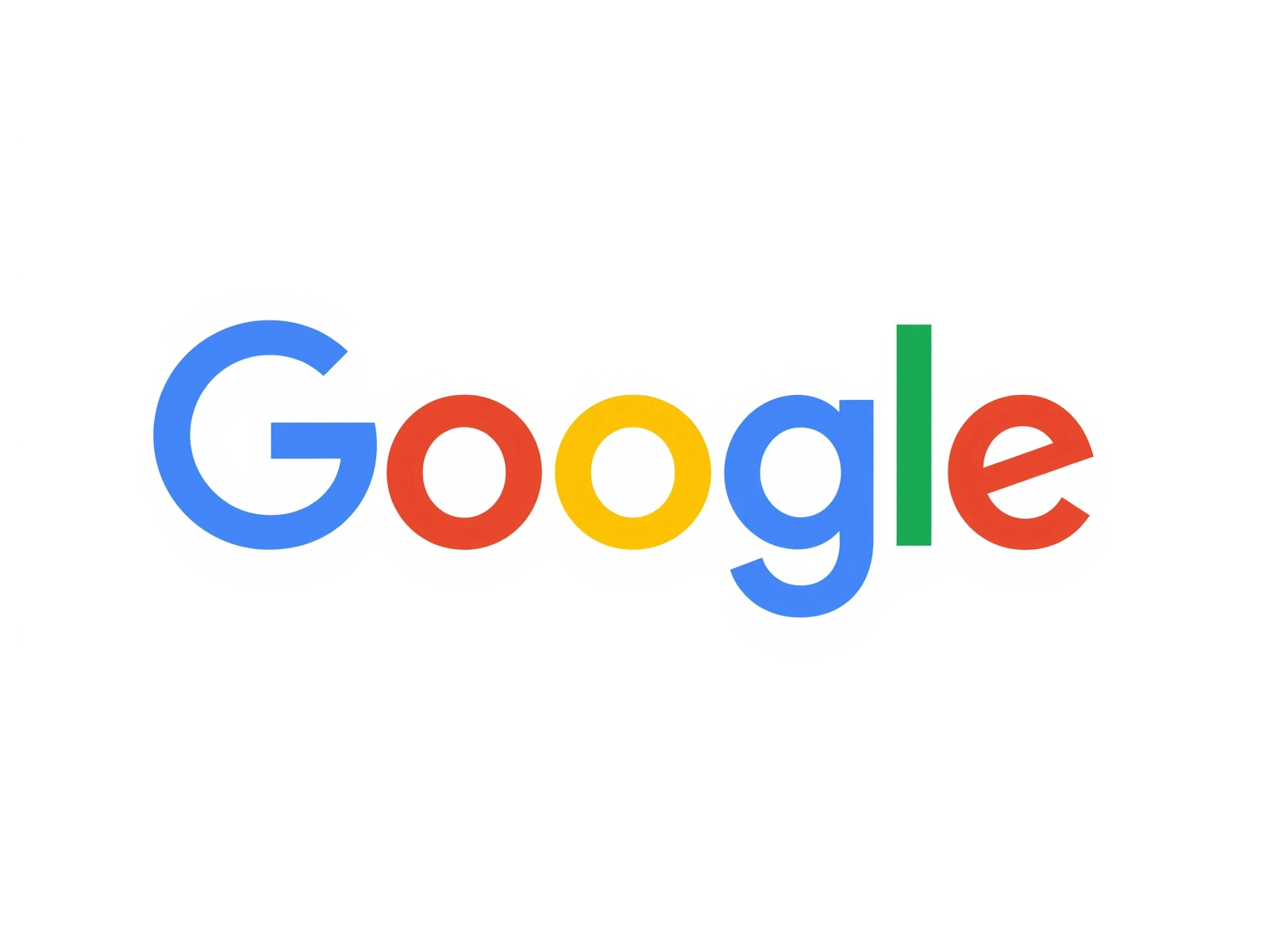
Google Year in Search 2025: How user queries have changed and what it means for marketers

Online store advertising during peak season: a practical guide for businesses with Google Ads

3 GEO Experiments Worth Trying This Year

6 minutes
Settings, clear prompts, and human oversight.
The year 2025 can confidently be called the year of artificial intelligence in PPC. While in 2024 the industry debated whether Google would finally phase out cookies, today the conversation has fully shifted to the role of AI.
From Google Performance Max to Meta Advantage+, automation already shapes nearly every aspect of paid media campaigns. Mark Zuckerberg has even predicted that by 2026, AI will fully manage Meta ad campaigns.
The role of marketers has evolved: we no longer just set up campaigns — we now guide systems by defining the right context, boundaries, and strategic direction.
At the same time, it’s equally important to learn how to use AI tools outside advertising platforms — to improve productivity, accelerate analysis, and make more accurate decisions.
Read more about 13 free tools for managing PPC campaigns.
Although AI tools have become mainstream, many still ignore a key truth: these systems don’t produce guaranteed accurate results. They require clear input, experienced users, and thorough quality checks.
If your output needs to be at least 80% accurate, it’s better either to skip AI entirely or plan enough time for refining prompts and verifying results.
AI works well for directional analysis, idea generation, and drafts, but it should never be trusted blindly.
Another challenge is inconsistency.
The same prompt can yield a brilliant result one day and complete nonsense the next. Never assume consistency — even when the system “learns” from your queries.
Success with AI begins with clear prompt design.
A good prompt defines the topic, tone, response format, length, and specific goal.
Bad example:
“Create ad copy for my business.”
Better example:
“Write three LinkedIn ad variations (under 150 characters each) for a boutique performance marketing agency targeting growth-stage SaaS companies. Use a professional yet friendly tone, highlight ROI and transparency, and include a strong CTA to book a consultation.”
After each prompt, give feedback — prompting is an iterative process. Evaluate the output, refine your direction, and repeat until you achieve the desired quality.
And always QA everything — even the most polished responses can contain made-up or inaccurate information.
Even privacy-conscious users often make the mistake of feeding confidential information into open AI systems. This is risky — the data can be stored or used in ways you don’t expect.
Never share personally identifiable information (PII) — names, emails, client data, or financial information.
Always anonymize files before uploading them.
For corporate work, use enterprise versions of AI tools that include admin controls, data retention settings, and encryption.
As one well-known marketer once said:
“If you’re not paying for the product, you are the product.”
Read more about scaling PPC with AI automation.
With basic safety measures in place, AI can significantly increase your team’s efficiency. The most valuable areas of application include:
Two areas deserve special attention: competitor and audience research.
Learn more about the future of PPC advertising on Google: 3 predictions for Google Ads in 2025.
Example prompt for competitor analysis:
“Analyze the advertising strategies and targeting of [competitor 1] and [competitor 2] for their [products/services]. Identify 3–5 actionable insights we can apply to better reach our target audience, highlighting missed opportunities and campaign examples.”
Example prompt for audience research:
“Describe how [demographic group] makes purchasing decisions for [product]. Include preferred platforms, price sensitivity, trust sources, behavioral patterns across channels, and provide 3–5 actionable marketing strategy recommendations.”
Usually, 2–3 follow-ups after the first response will yield a deep set of insights for building or optimizing your strategy.
The number of AI tools is growing exponentially — dozens of new solutions emerge each week for analytics, content, advertising, and customer service. In this environment, success requires not just keeping up, but building a culture of continuous learning and implementation.
Every company or agency should have someone responsible for testing new tools, evaluating their effectiveness, and sharing knowledge across teams. This doesn’t have to be a technical expert — curiosity and initiative are key.
An AI Champion can:
AI evolves too quickly for any one person to know it all. A collaborative approach works better.
Host regular “AI Lunches” or short internal showcases where team members share how AI helped them complete a task faster or better.
These discussions:
AI is powerful, but not infallible. Its strength lies in speed, not accuracy.
Teams using AI extensively must learn to question, verify, and refine results.
Practical steps:
A common mistake is training for AI’s sake. Teams study ChatGPT or Midjourney but don’t connect them to business outcomes.
Every AI experiment should have a clear business objective:
If AI doesn’t serve the business, it’s just a shiny tool — not a competitive advantage.
As automation grows, so does the need for internal ethics policies.
Your team should clearly understand what data can and cannot be entered into AI systems, how to avoid plagiarism, and how to protect client rights.
Develop a concise internal document or checklist that covers:
This safeguards your company and strengthens your reputation as a responsible, forward-thinking organization.
Read more about 7 mistakes to avoid in PPC.
Artificial intelligence doesn’t replace marketers — it amplifies the potential of those who know how to ask the right questions, analyze data, and think strategically.
In PPC, this means not letting algorithms operate autonomously, but guiding them through precise goals, high-quality content, and deep audience understanding.
The future of paid media lies not in automation for automation’s sake, but in the intelligent partnership between humans and technology — where marketers define the context and AI helps scale insights, uncover patterns, and accelerate execution.
Humans remain at the center of decision-making — interpreting data, accounting for emotional nuances, and knowing when algorithms go astray.
An effective PPC strategy of the future will rest on analytical thinking, technological fluency, and human intuition.
Those who learn to work with AI today, understanding both its power and limitations, will gain a decisive competitive advantage.
Because in a world where algorithms are getting smarter every day, the most valuable professionals will always be those who understand not just how technology works — but why it matters for business.
Read this article in Ukrainian.
Say hello to us!
A leading global agency in Clutch's top-15, we've been mastering the digital space since 2004. With 9000+ projects delivered in 65 countries, our expertise is unparalleled.
Let's conquer challenges together!
performance_marketing_engineers/
performance_marketing_engineers/
performance_marketing_engineers/
performance_marketing_engineers/
performance_marketing_engineers/
performance_marketing_engineers/
performance_marketing_engineers/
performance_marketing_engineers/